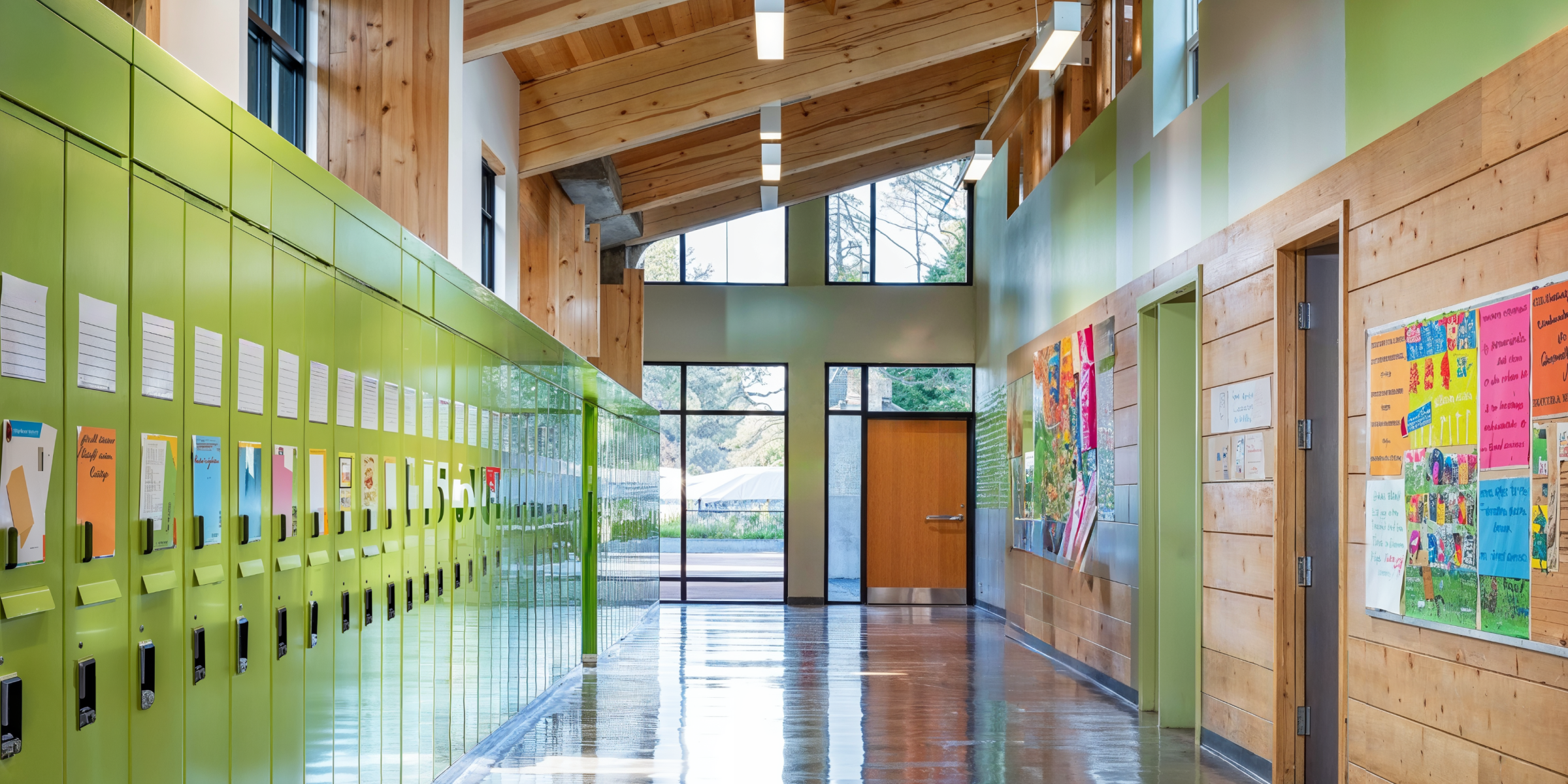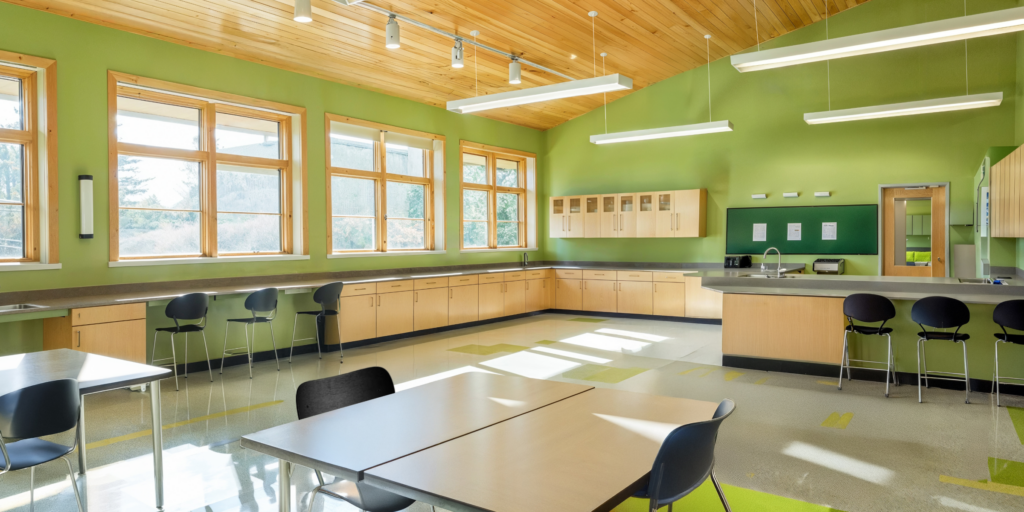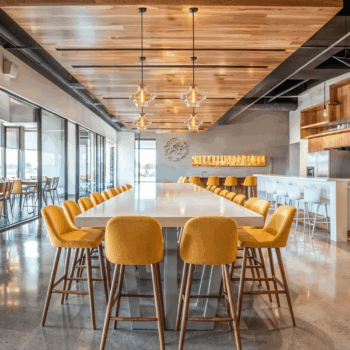
Sustainable high school interiors are more than just functional spaces—they represent a forward-thinking approach to education that emphasizes environmental stewardship and personal growth. By integrating eco-friendly design principles, these schools are shaping how students engage with both their learning environment and the world around them. Through the use of natural materials, energy-efficient systems, and nature-inspired aesthetics, students are constantly reminded of the importance of sustainability.
Incorporating elements like natural light, living green walls, and open spaces filled with sustainable materials, such as bamboo or reclaimed wood, helps create a serene and inspiring environment. These features not only make the school more energy-efficient but also promote a healthier, more productive learning atmosphere. Research shows that exposure to nature can improve focus, reduce stress, and enhance overall well-being—all critical factors in a learning environment. By surrounding students with these elements, schools help instill a deeper appreciation for the natural world, fostering eco-conscious behavior from a young age.
Sustainable design extends beyond aesthetics and functionality; it reflects a broader commitment to environmental responsibility. High-efficiency HVAC systems, solar panels, and rainwater harvesting technologies are increasingly being integrated into school buildings. These features not only reduce the school’s carbon footprint but also serve as educational tools, allowing students to see sustainability in action. Interactive displays showcasing energy savings or water usage further reinforce the connection between design and environmental impact.
Furthermore, flexible and adaptable learning spaces play a key role in sustainable high school interiors. Modular furniture and multipurpose areas allow schools to adjust to changing needs, reducing the need for additional resources over time. This adaptability supports collaborative and experiential learning, empowering students to think creatively and work together to solve real-world challenges.
By fostering an environment that prioritizes sustainability, schools also contribute to the development of a mindset that values conservation and innovation. These thoughtfully designed spaces help students understand their role in addressing global environmental issues, encouraging them to take action and make meaningful contributions to their communities.
Sustainable high school interiors demonstrate how thoughtful design can support academic success, promote well-being, and nurture a generation of environmentally conscious leaders. By integrating eco-friendly principles into education, these schools are shaping both a brighter future for their students and a more sustainable world.


Discover more about sustainable efforts in education with our article on Sustainable University Laboratories.







